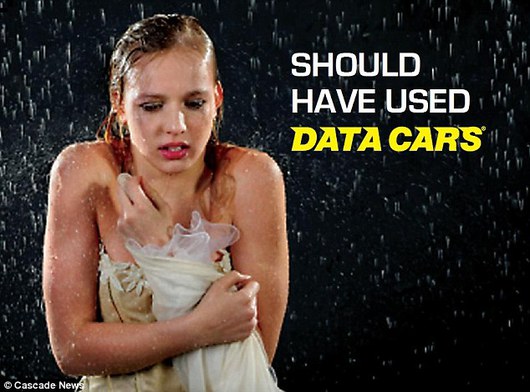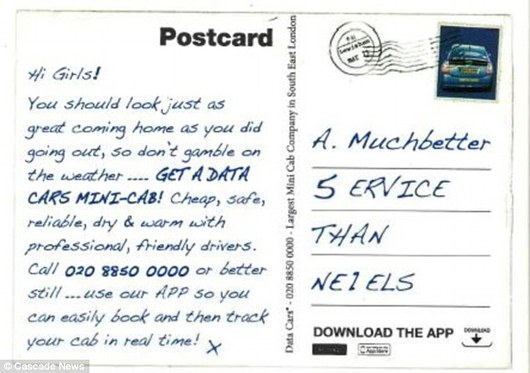More than 50 percent of consumers who own smartphones used them to scan at least one quick response code in 2012 alone, according to eConsultancy.com. Studies have confirmed that quick response codes have become one of the newest marketing tools available that can effectively connect prospective consumers to brands and manufacturers. Viewed by many as a major upgrade and enhancement of the standard bar code design and structure, it is very easy to assume that all of these codes are exactly alike, especially since they share key similarities. However, there are actually several different types of codes that have been used by different companies and brands over the years.
Model 1 and 2 Code
The original quick response code is known as the QR code. At its largest size, this particular code is capable of storing close to 1,200 numerals. When Model 2 was released, it was evidently clear that it was an enhancement and overall upgrade from the original structure. Instead of reaching the maximum size of 73 x 73 modules, Model 2 QR codes were capable of being extended to 177 x 177 modules and retained over 7,000 numerals.
Micro Code
Although the Model 1 and 2 codes are able to retain a substantial amount of information within them, the overall size of the actual code does not provide very much flexibility. Therefore, the Micro code was developed as an alternative. Since it was capable of hosting only one detecting pattern for its integrated orientation, business owners and marketing specialists were able to print it much smaller than even before. Even though it is very small, it can still hold a maximum of 35 numerals within it.
iQR Codes
The “I” class of QR codes was the very first to have a versatile design that could either be generated as a square or a rectangle. Therefore, business owners and marketing specialists were able to have more flexibility when it came to discreetly featuring these codes within their advertising and promotional materials. For example, a rectangular code is big enough to be clearly visible to the average consumer but small enough to not become a visual eyesore. Theoretically, the maximum size (422 x 422 modules) can retain close to 40,000 numerals, according to QRCode.com.
SQRC Codes
One of the major differences of the SQRC code design is that it comes with a reading restricting function that efficiently stores confidential information. For obvious reasons, this is definitely not something that you would want to place on your marketing materials or promotional advertising. However, it is an efficient way to relay important information to your employees. Even though the structure and formatting of the code is different than other codes that are designed for public use, the visual appearance of these QR codes is exactly the same.
LogoQ
The final type of QR code that is currently being used right now is known as the LogoQ. This particular code has the most distinct look and appearance out of all other types primarily because of the logo that is engrained within the center of the colorful code. Instead of sticking to the usual pattern of black and white pixelated lines and boxes, the LogoQ can consist of logos, illustrations and even letters as well. Even though it may seem that these codes are the easiest to hack, breach and compromise, they were designed with proprietary logic which essentially prevents those cybercrimes from occurring.
Same Appearance, Different Codes
Therefore, it is clear that not all QR codes are the same even though the majority of them are very similar in appearance. Before you embark on a journey and decide to use them for your own brand marketing strategies, it is imperative for you to understand the differences and select the code type that is the most suitable fit for your specific needs.
This is a guest post.
The post Identifying the Different Types of Quick Response Codes appeared first on AdPulp.
















